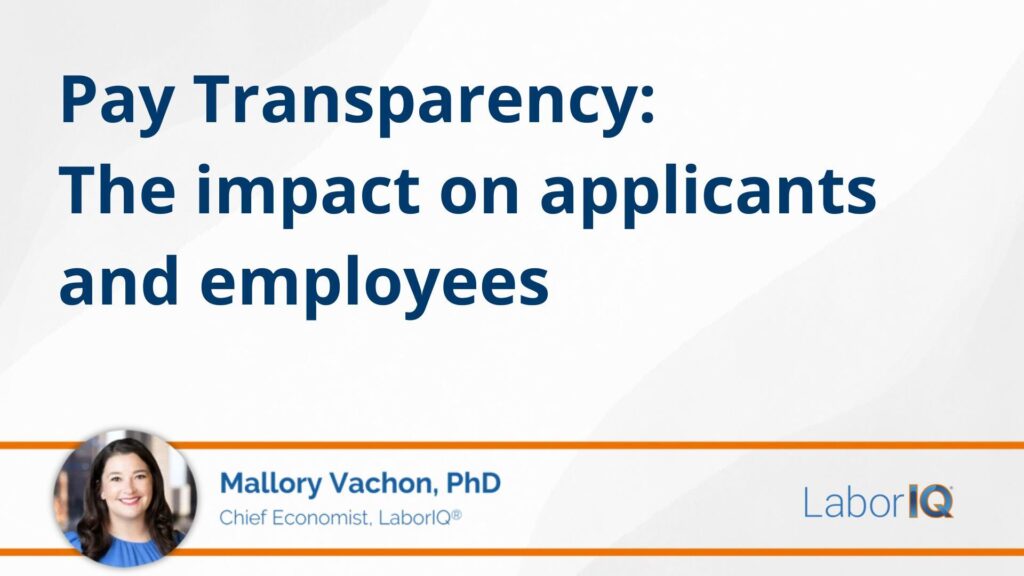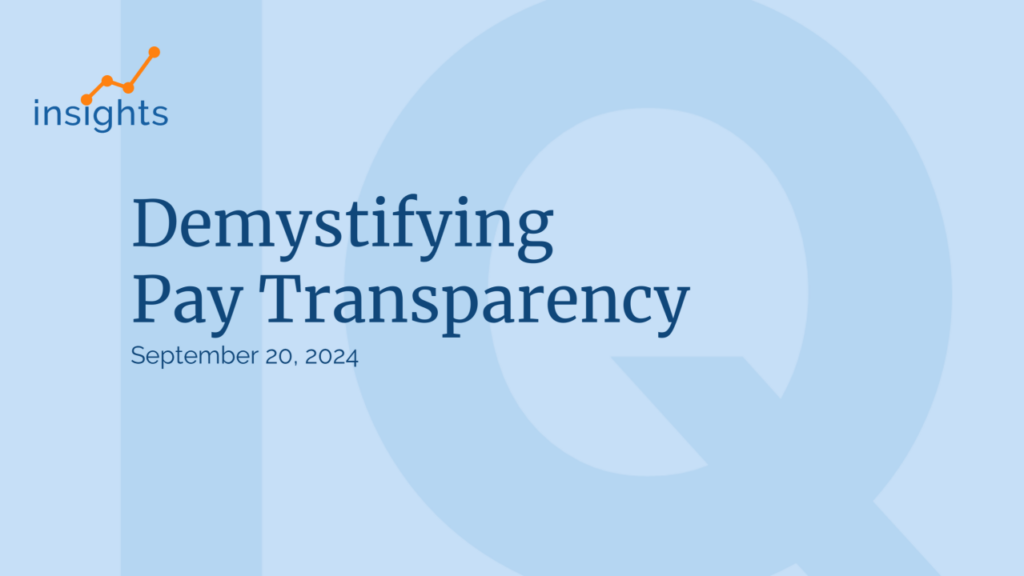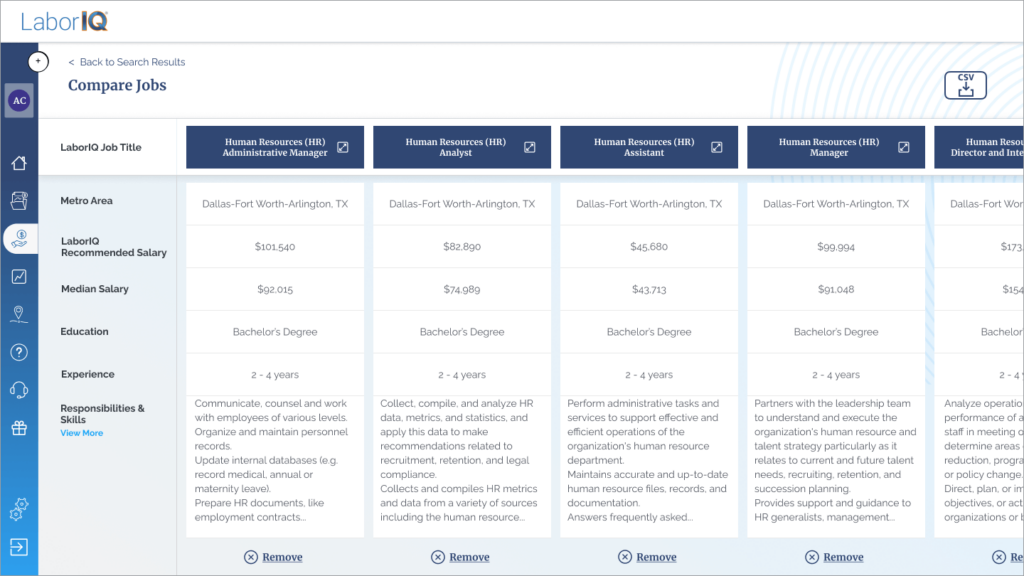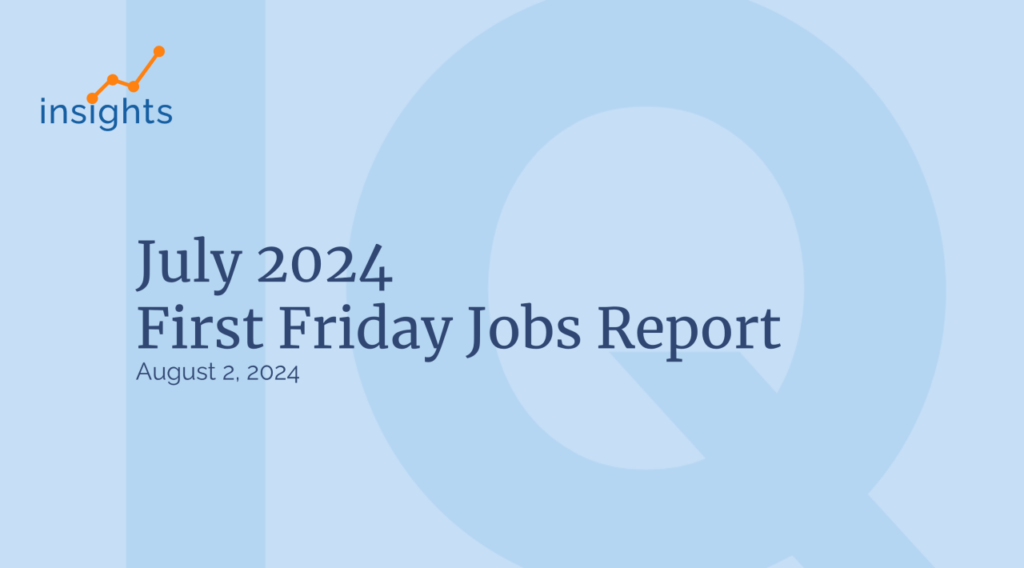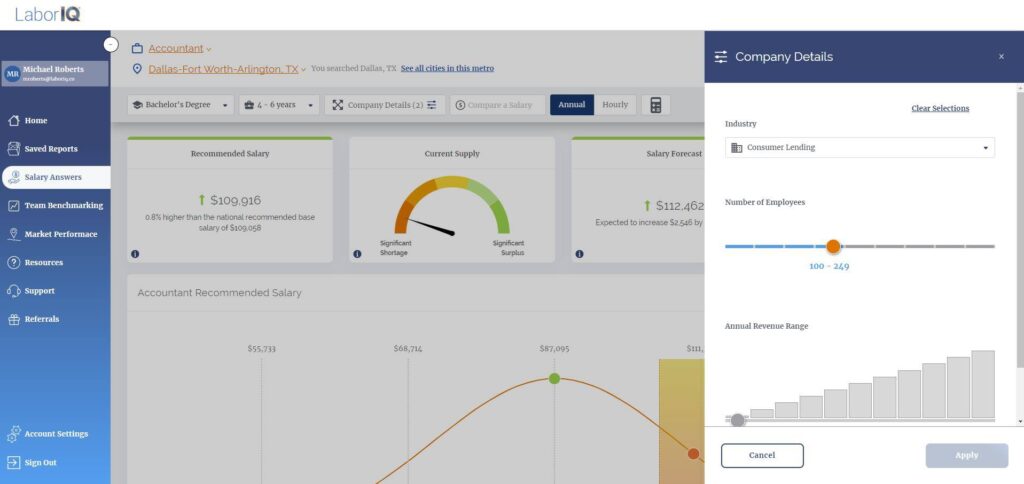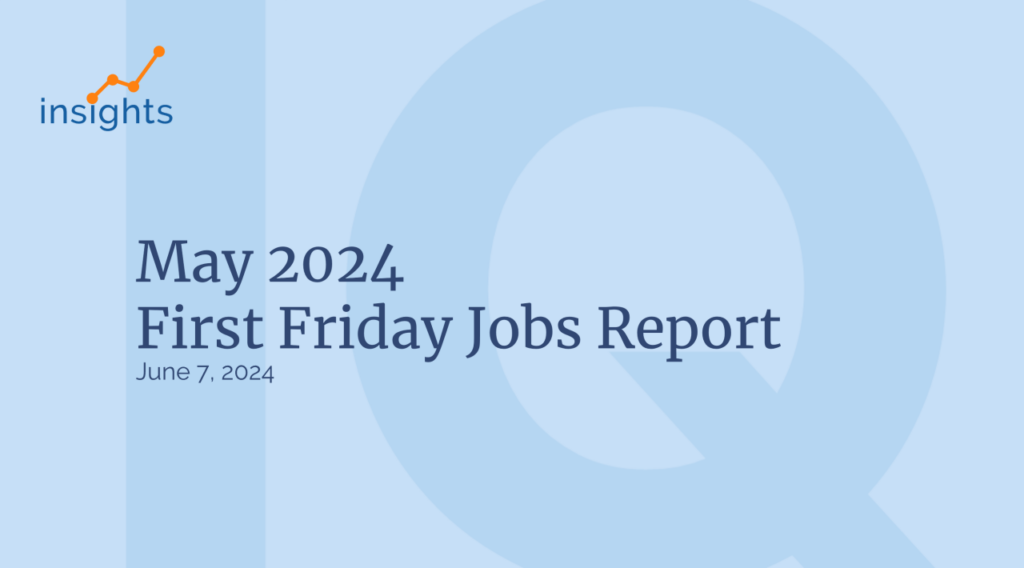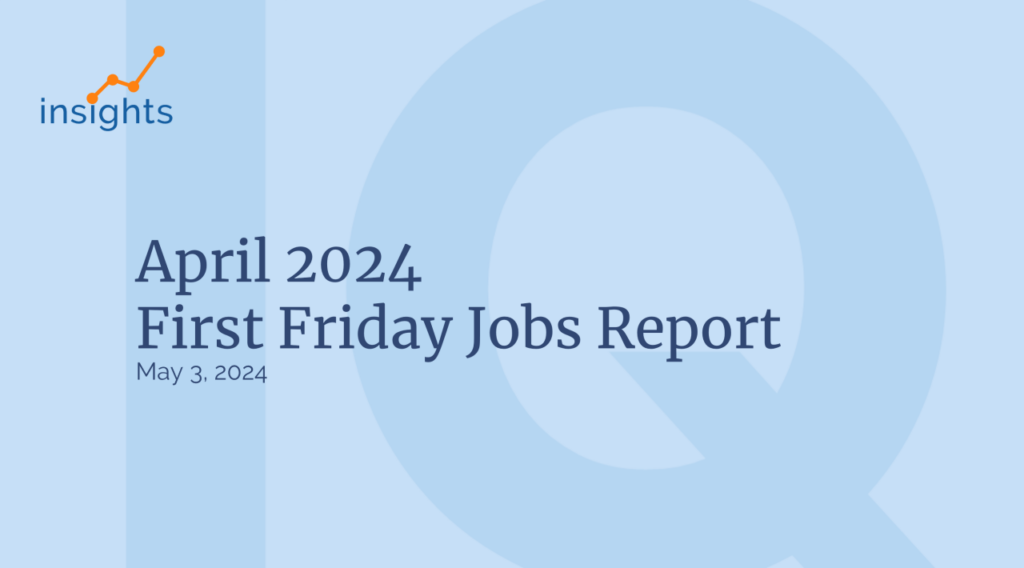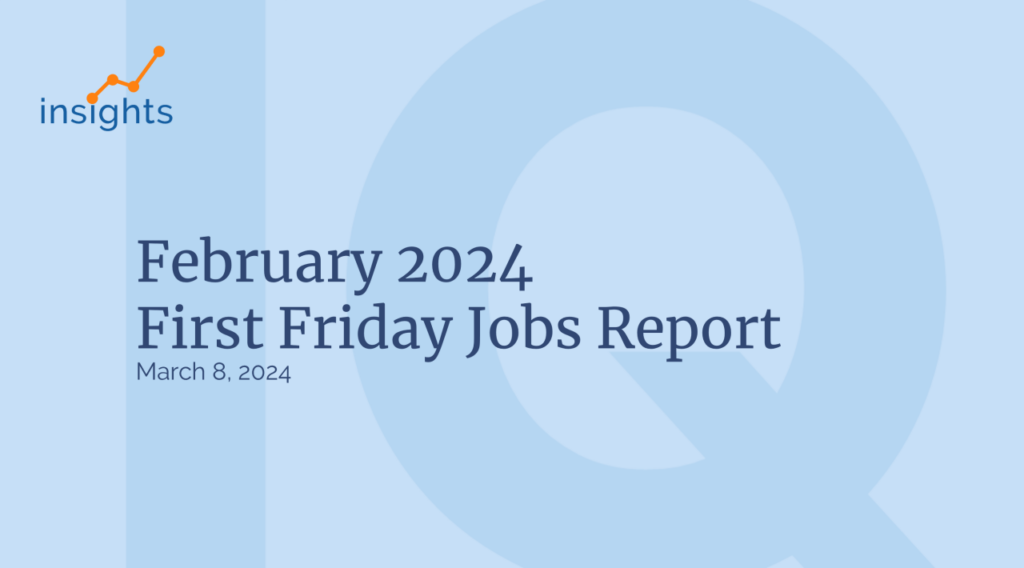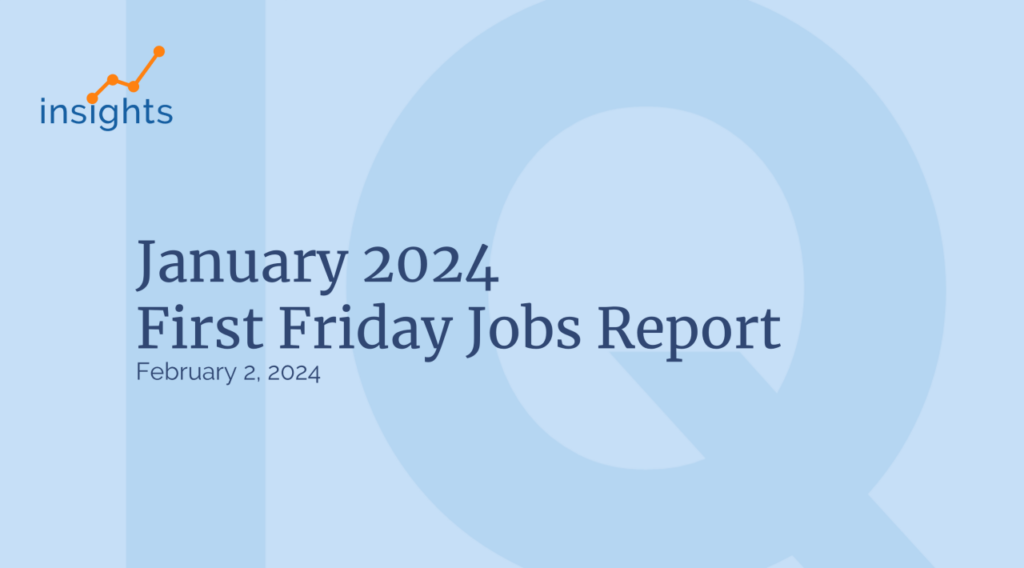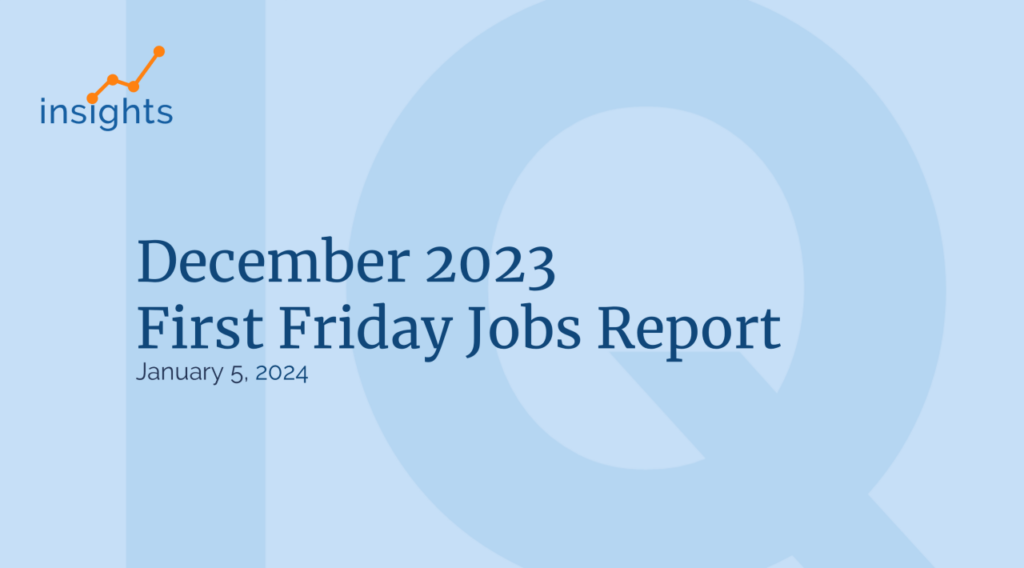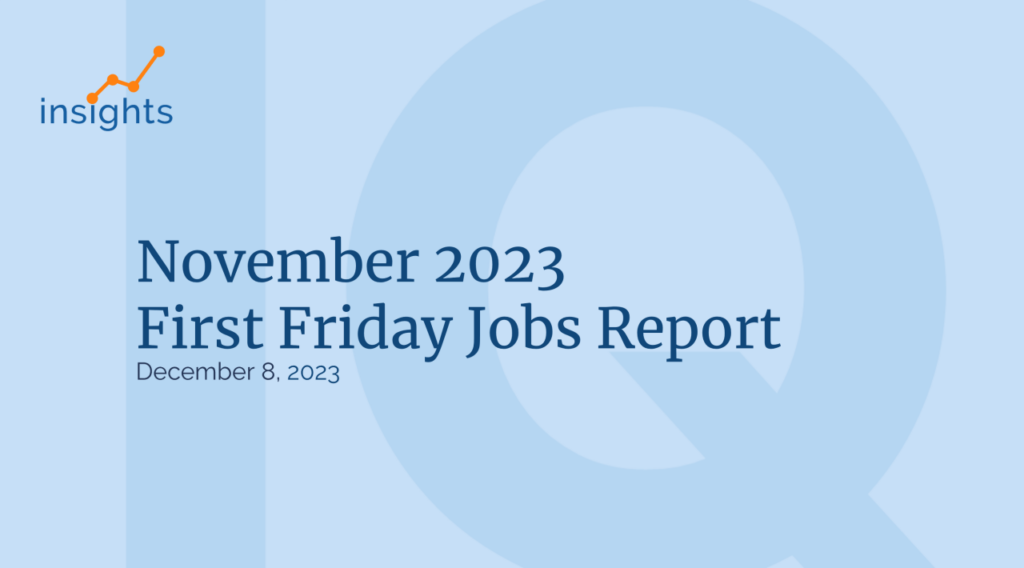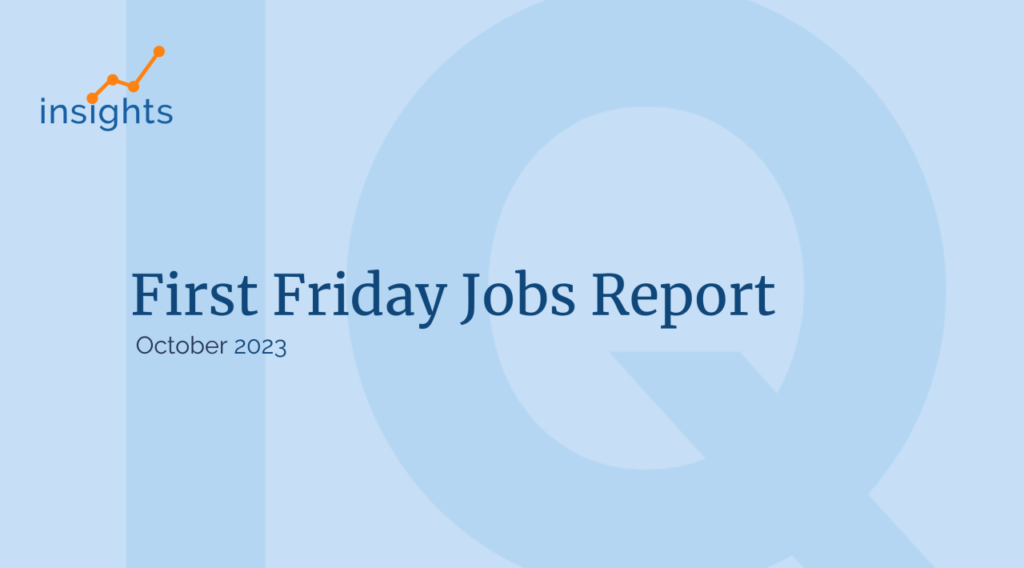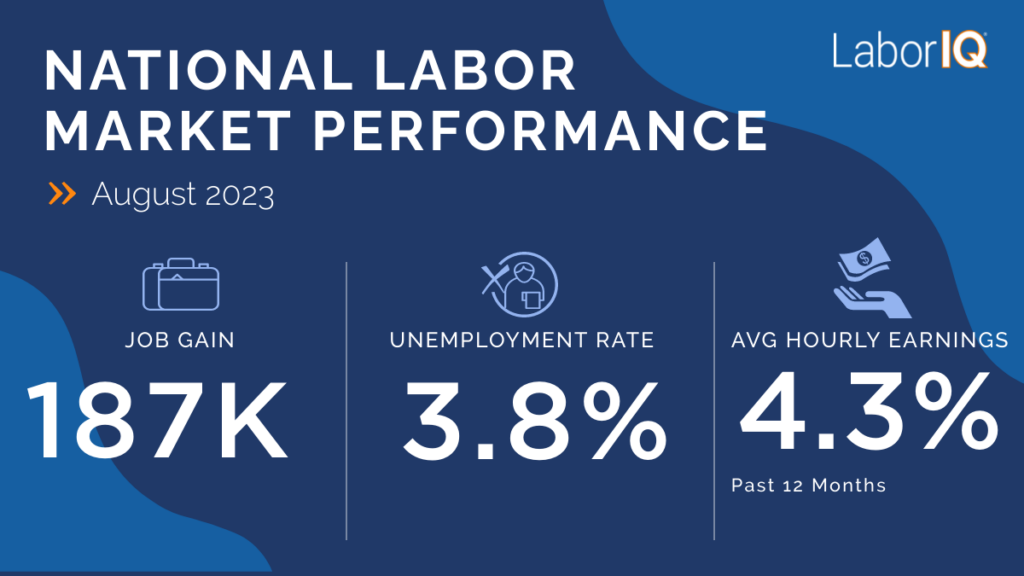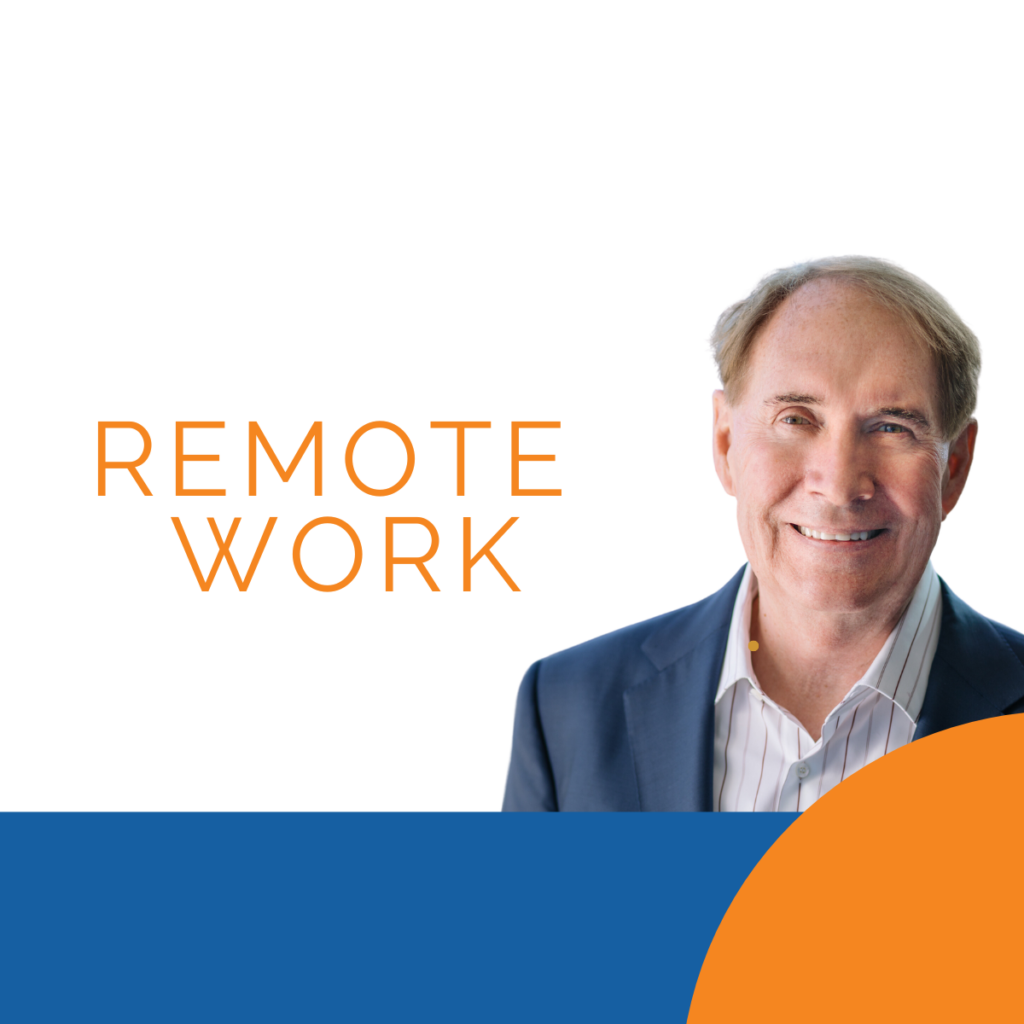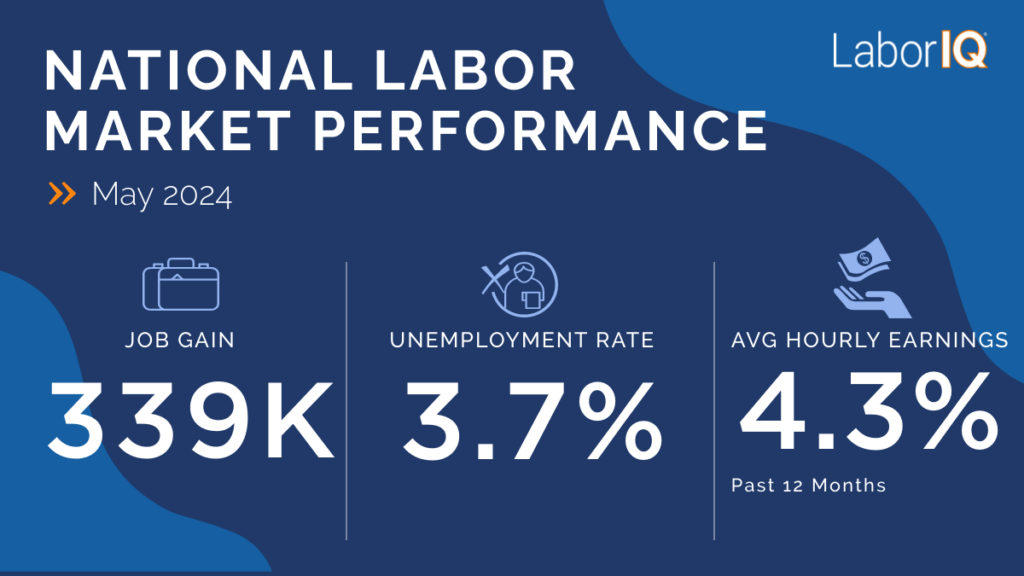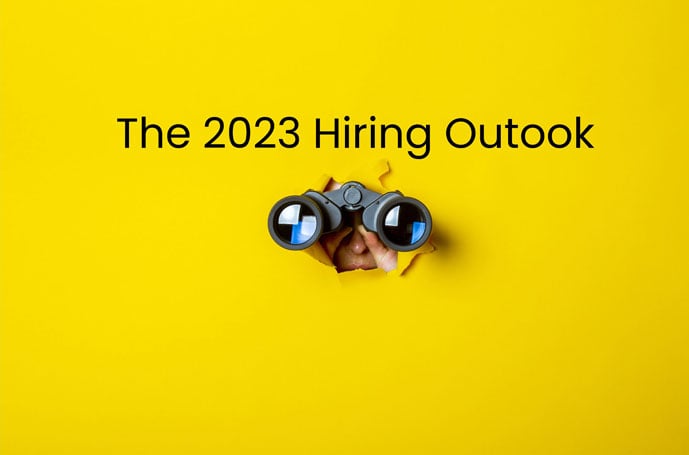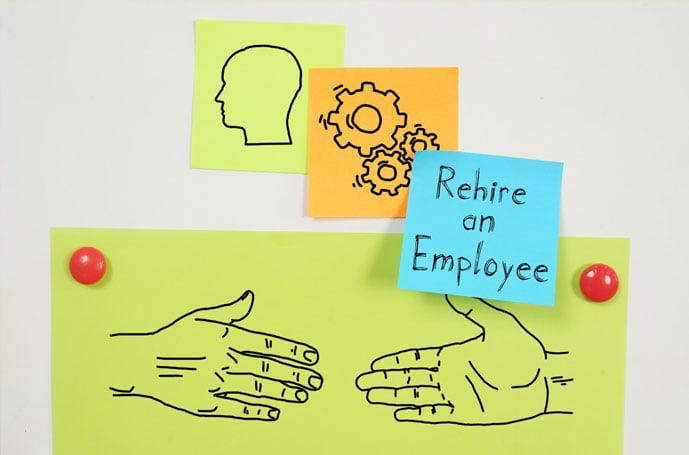In the last year, many businesses faced mounting resignations. In fact, according to the Bureau of Labor Statistics (BLS), quit rates (number of resignations per month) across U.S. industries reached a high of 3%, with the private, trade and hospitality sectors hit the worst.
As a result, the labor market is now a particularly volatile place. While the number of workers has increased this year to 62.4%, we’ve also seen a growing number of people reluctant to rejoin the workforce post-pandemic. For instance, the BLS found 1.4 million individuals were available to work but, at the time of this writing, hadn’t looked for new work in the last four weeks. In addition, there’s evidence to suggest that workers are reluctant to return to office work. While around 50% of companies want workers back in the office full-time, 52% of workers would prefer to switch to a hybrid or fully remote position.
In light of these changes, the main challenge for businesses is finding suitable workers to fill vacancies. So, in this article, we’ll discuss these hurdles and, more specifically, how companies have taken this opportunity to restructure their hiring and retention methods. By the end of this blog post, we hope you’ll feel better equipped to navigate this competitive labor market.

First, let’s take a closer look at some of the most significant obstacles HR teams need to overcome when sourcing top talent:
Shortage
According to the U.S. Chamber of Commerce, the rate of hiring has been higher than quitting. For instance, 1 million workers were lost in the leisure and hospitality industry in November 2021, but 1.2 million people were also hired by the industry that same month.
Since the level of unemployment has actually decreased from 2020 to 2021, we can infer that employees are finding work elsewhere. So, for businesses, this means employees are being acquired by other firms, which has been a significant factor behind the current competitiveness of the labor market.
To maintain a competitive hiring advantage over other companies, businesses need to understand and take advantage of fresh markets and candidate pools. The best way to achieve this is to stay apprised of their sector’s latest industry labor trends. This is where having access to comprehensive labor market analytics provides the competitive edge. Data-driven information makes it much easier to monitor shifts in the job market so that you can adjust your hiring strategies accordingly.
Turnover
Over the last few years, high employee turnover rates have been prevalent. In fact, earlier this year, HireVue reported that as many as 55% of businesses experienced higher employee turnover than the previous year.
On top of that, they noted several ongoing concerns for businesses, including:
- Difficulties finding qualified candidates.
- A lack of time to fill roles.
- Under-resourced hiring departments.
It seems clear that the above issues relating to poor hiring practices go hand in hand with high employee turnover. From hiring unskilled staff to not properly onboarding recruits, these pitfalls affect long-term retention.
One way to address these difficulties is for recruiters to use data-driven custom compensation reports such as those generated by ThinkWhy. These reports provide recruiters with information to accurately provide competitive compensation packages to attract qualified candidates and accelerate recruitment.
Accessing a larger candidate pool is another tactic you can use to tackle the aforementioned hurdles. One of the easiest ways to achieve this is to adopt a skills-based approach rather than just relying on traditional resumes.
Interestingly, the same Hive report found that companies that were more successful at recruiting talent used job-matching technologies (57%). The same goes for in-person and virtual recruiting (37%) and implementing skills assessments and AI (24%).
Another thing you can do to address high employee turnover is to turn your attention to boosting employee satisfaction. This moves us nicely onto our next point…
Satisfaction
An analysis of the labor market can highlight whether your company’s compensation structure meets industry standards. Then, by identifying pay gaps within your organization, you can act quickly to remedy the issue. This goes a long way to deter existing employees from finding better salaries elsewhere. This can be done via salary benchmarking, where you benchmark your employee’s wages against current market pay rates. This makes it easier to grasp whether you’re paying your talent above or below market rates.
Another area related to poor employee satisfaction concerns frustration over a lack of internal growth. Harvard Business School’s 2021 study of more than 4,000 companies revealed that resignation rates were highest for mid-career employees. Despite the financial uncertainty of the pandemic, many took the opportunity to leverage their skills to find opportunities elsewhere. After reaching the point of mid-level management, many felt stifled in their roles and wanted a fresh challenge.
One thing businesses can do to address this issue is to keep an eye on emerging markets for their organization. Of course, with company expansion comes new roles and opportunities for professional development, providing employees with some much-needed inspiration as to where their careers could progress. All the while improving the business’s bottom line -win-win!
That’s why ThinkWhy’s AI-powered and data science methods harness information on current geographic employment conditions, industry trends, performance forecasts, and growth opportunities. Having access to information like this enables HR professionals to recruit faster, offer competitive compensation packages and know where to find skilled and diverse talent.
Takeaways
With these points in mind, there are several things we recommend companies do to better compete in the current labor market:
- Identify emerging markets.
- Utilize labor market analytics.
- Improve benchmarking for better competitive analysis.
Your organization should be better positioned to plan more effective hiring strategies and boost retention levels more effectively by implementing the tactics listed above. While this may seem like a monumental effort for some, fortunately, there are tools available that can help expedite this endeavor. LaborIQ uses the latest in AI HR technology to quickly identify market trends in compensation, retention and growth. So, to find out what we can do for your business, book a free demonstration of our services today.



